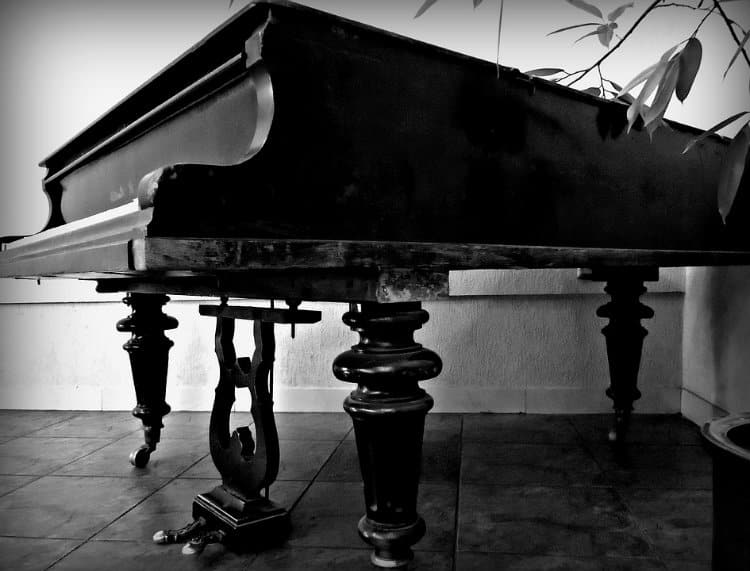It’s no secret that the New York City metropolitan area is a global center for all types of culture, from theater to the culinary scene, from fashion to music and everything else in between. This cultural hub isn’t strictly limited to the city limits, as countless other innovators have called Westchester County home as well.
Percy Grainger is one of these legendary figures, and he moved to White Plains, New York in 1921, during the prime of his career as one of history’s most influential composers. Today, the Percy Grainger Home and Studio is listed on the National Register of Historic Places and serves as one of the most popular tourist attractions in Westchester County. Our White Plains workers compensation lawyers think that any appreciator of classical music should make a trip here at least once.
History of the Home
The home was originally built in 1893, and Percy Grainger and his mother Rose moved into the home in 1921. Rose Grainger passed away in 1922, and afterward, Percy spent much less time here. But that all changed when he married Ella Strom-Brandelius in 1928. From that point forward, this was the couples home until Percy passed away in 1961. Ella remained here until her own death in 1979. After her death, the International Percy Grainger Society took control of the home and has maintained it ever since.
The Graingers made some major changes to the home, including the addition of a large picture window in the living room and fireproof vaults in the basement (which protected his music manuscripts). He also added an exercise bar between the columns at the entrance of the living room.
Layout
The house is two stories, with a garret behind the dormer windows and a basement. On the ground floor, there is a kitchen, dining room, music room, living room, porch, and foyer. The second floor includes a square upper hallway, bedrooms, and the bathroom. These rooms are mostly in the same condition today as they were when the Graingers called this house their home.
Kitchen
The home’s kitchen is quaint and old-fashioned. A large cast-iron stove anchors one side. There’s also a back door which opens onto a back porch, which Percy and Ella used as an exit when traveling into town. The kitchen’s secret stairway is on the other end of the kitchen and leads to the second floor, exiting from another door into the main staircase. This corridor was used for servants.
Dining
The ornate dining room features gaslight era decor and acts as an extension of the living room. Here, you’ll find several Edison cylinder gramophones, which Percy used to record folk music in the British Isles. Other features include dual-use light fixtures (gas or electricity) and a wide bay window overlooking the garden.
Music Room
The designated music room is where much Percy’s magic was made. He spent a great deal of his time here composing and arranging music. It features three of his pianos and a display of CDs of his work.
Living Room
When you enter the home through the foyer, the living room is on your right. This is where Percy installed his picture window, which fills the room with beautiful natural light. There is also the horizontal bar which was used by Percy for his rigorous exercise routines.
Porch
The large, idyllic front porch provides stunning views of the street resting below it, the trees surrounding the home, and the old-fashioned family garden. While Percy and his mother Rose were living here, this is where they had their tea. Rose also furnished the porch with hammocks, willow furniture, and accessories for serving proper tea.
Foyer
The foyer is the first thing you see when you enter the home. It’s oddly angled, with striking irregular shapes, dark wood, and a colored Tiffany window. All other rooms on the ground floor connect with the foyer.
The Art of Ella Grainger
Percy wasn’t the only artist in the house, as Ella was an accomplished poet and painter. In the Grainger House, guests can view some of her exquisite paintings, including several portraits of Percy and herself.
